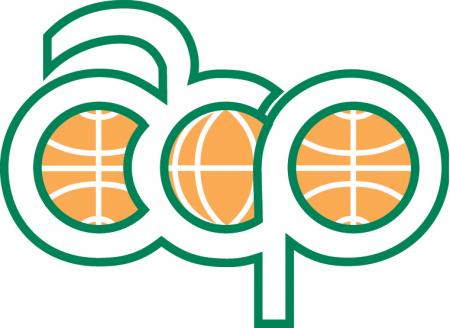Horizon scan of possible linkages between the BBNJ Agreement and biodiversity-related MEAs
the Sea on the Conservation and Sustainable Use of Marine Biological Diversity of Areas beyond National Jurisdiction (also known as the ‘BBNJ Agreement’)1 was agreed. This new international legally binding instrument is aimed at conserving and sustainably using the marine biological diversity of areas beyond national jurisdiction. Once in force,2 the effective and timely implementation of the BBNJ Agreement will make crucial contributions toward addressing the triple planetary crisis of nature and biodiversity loss, pollution and climate change.






